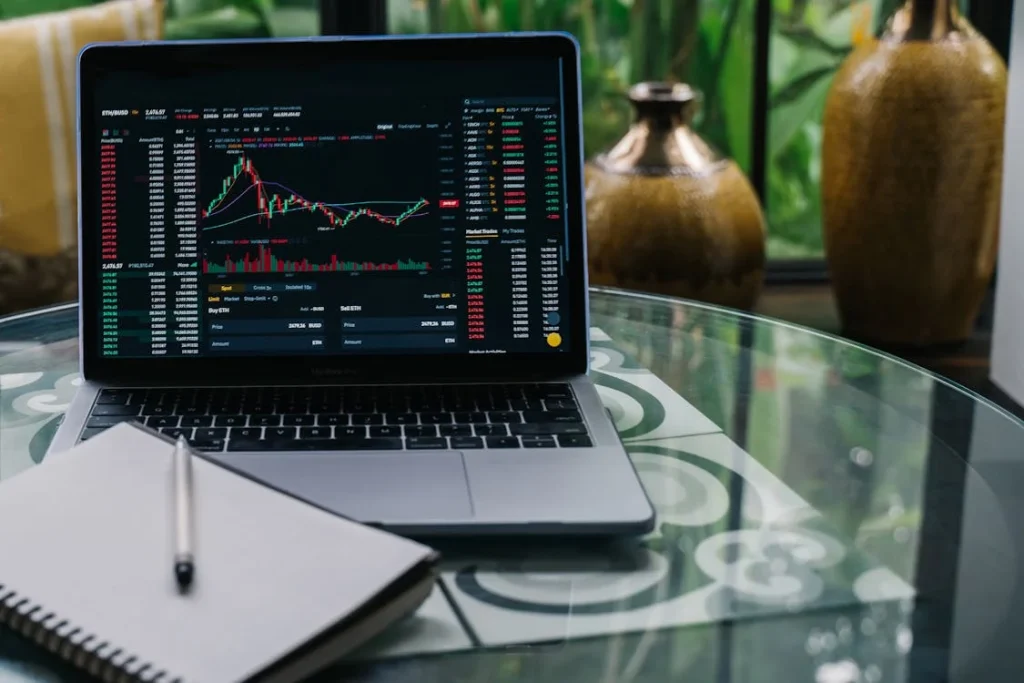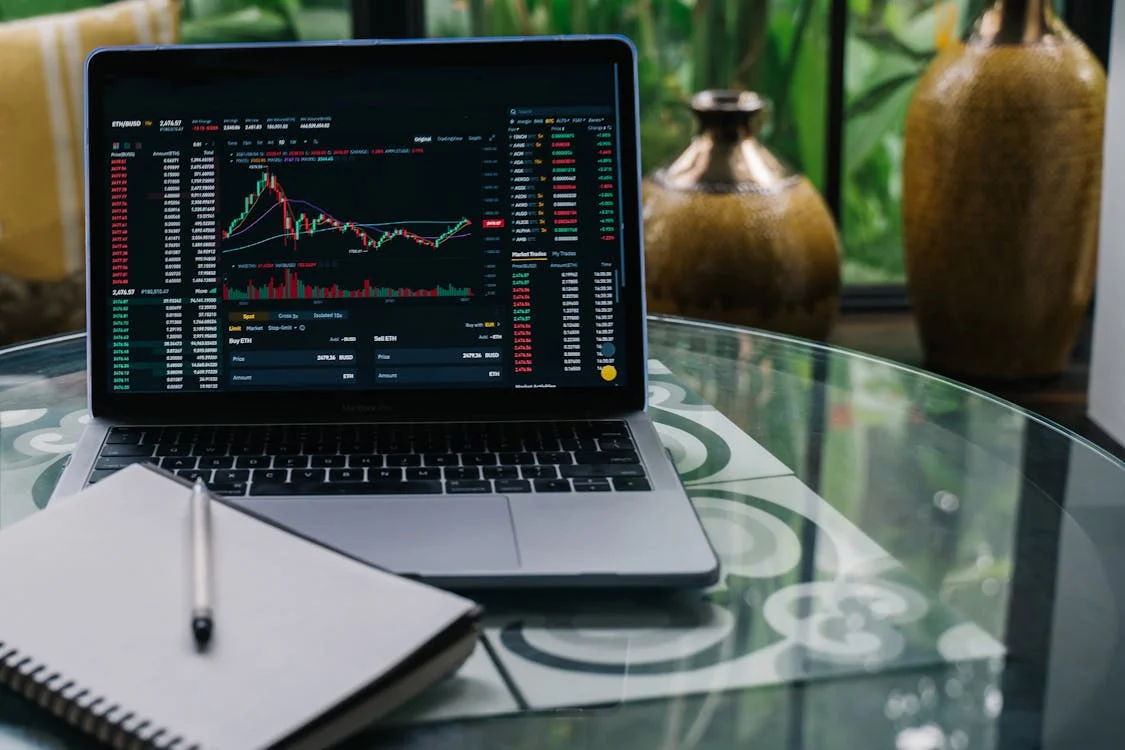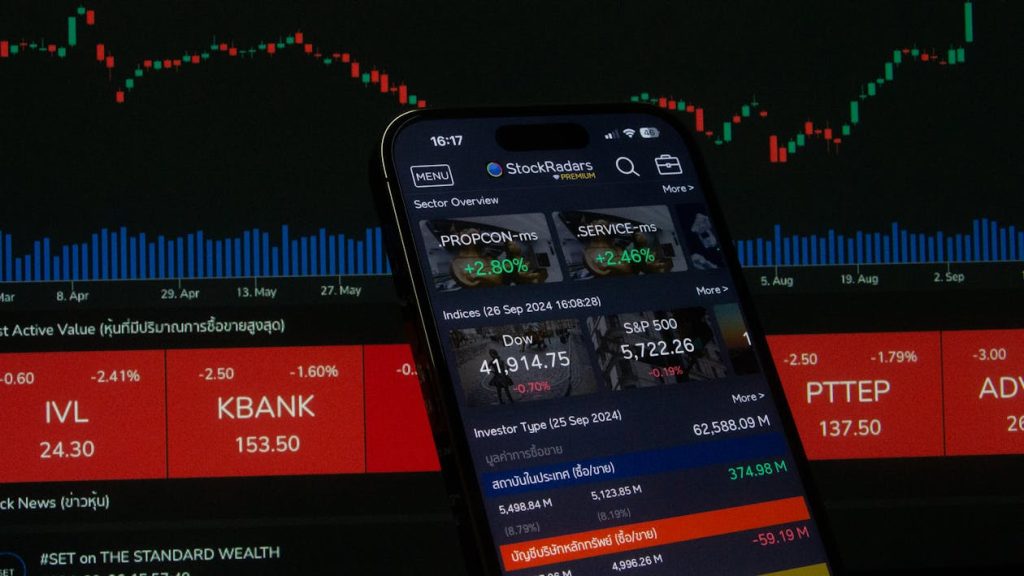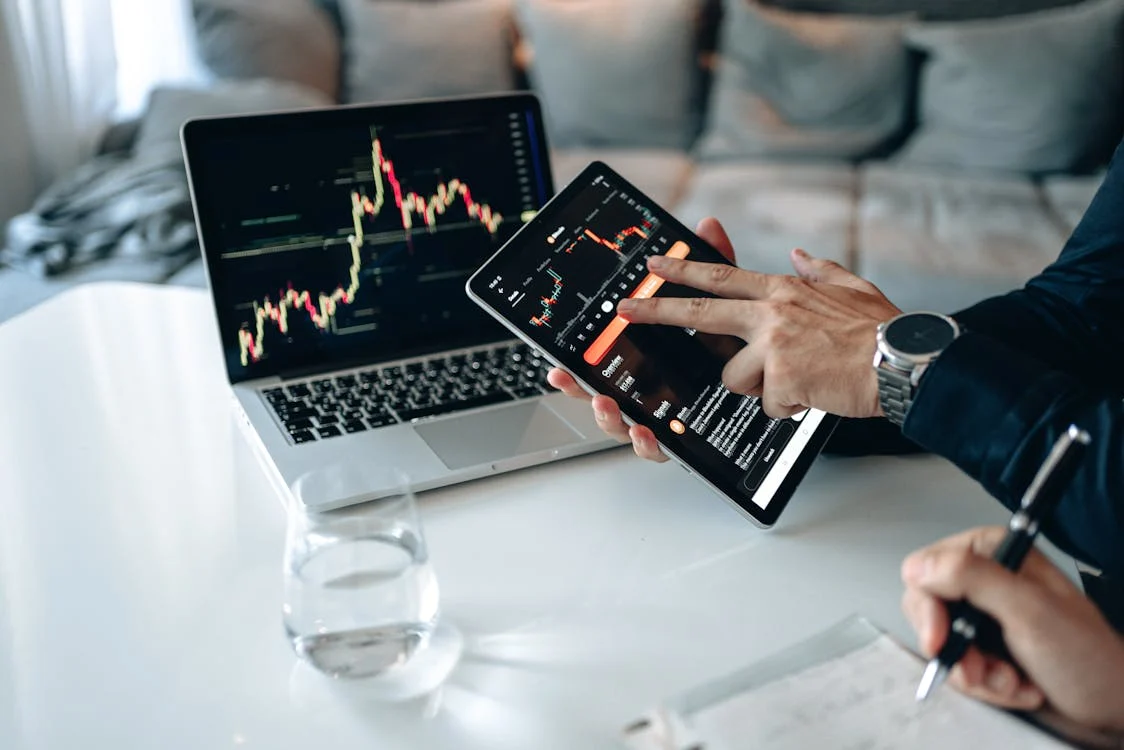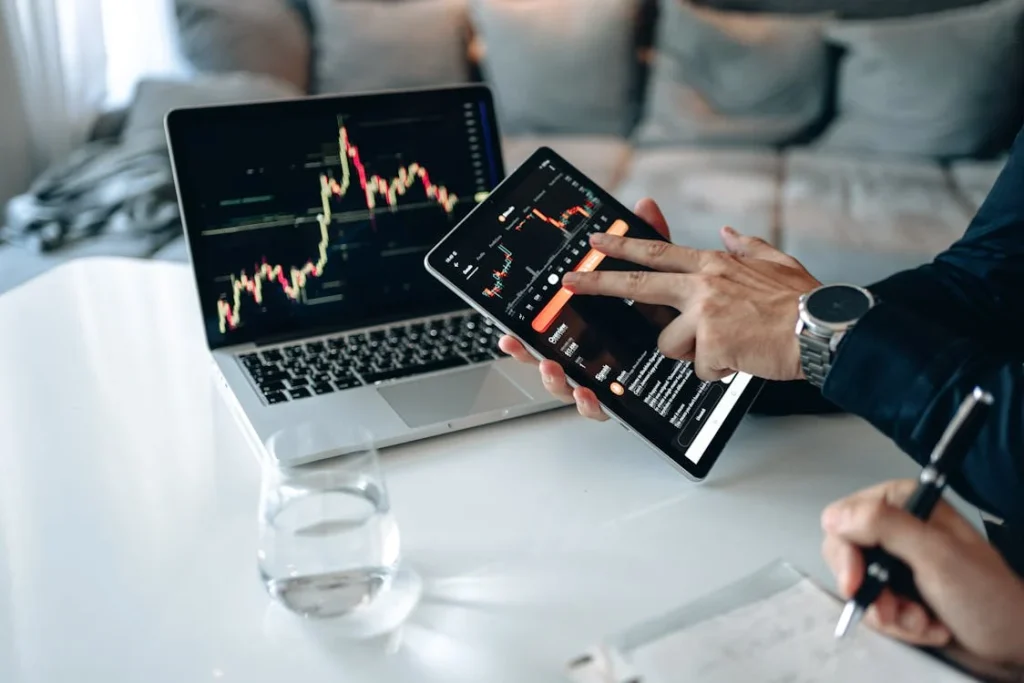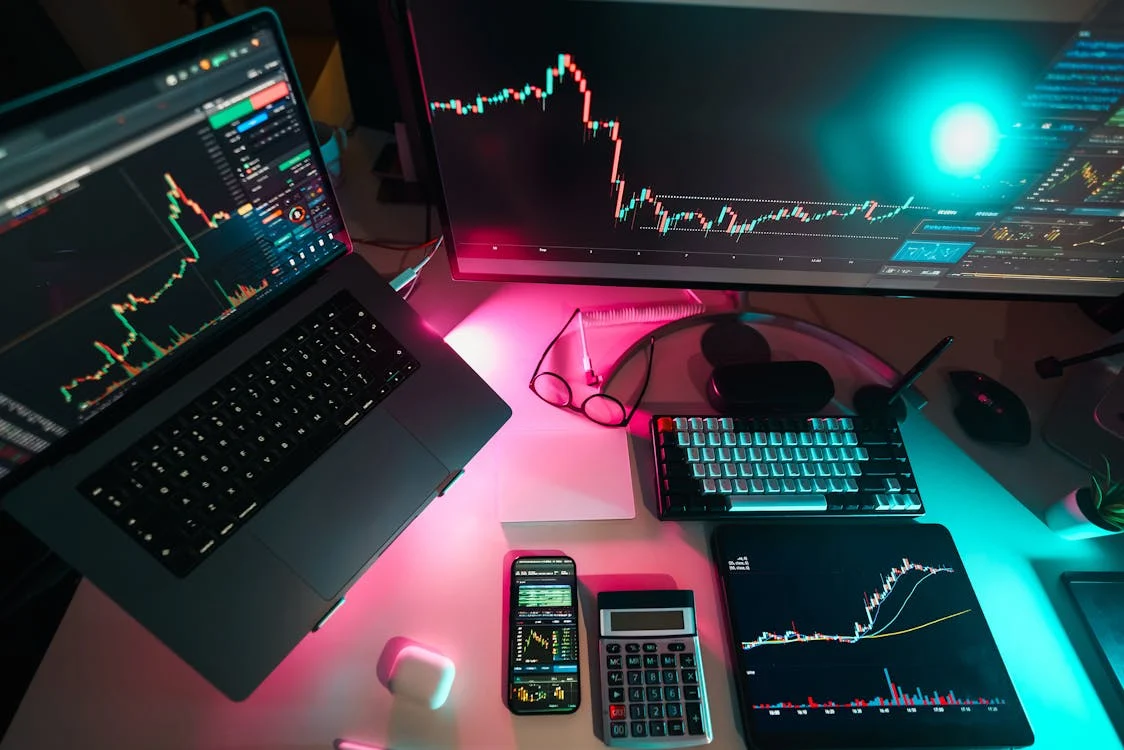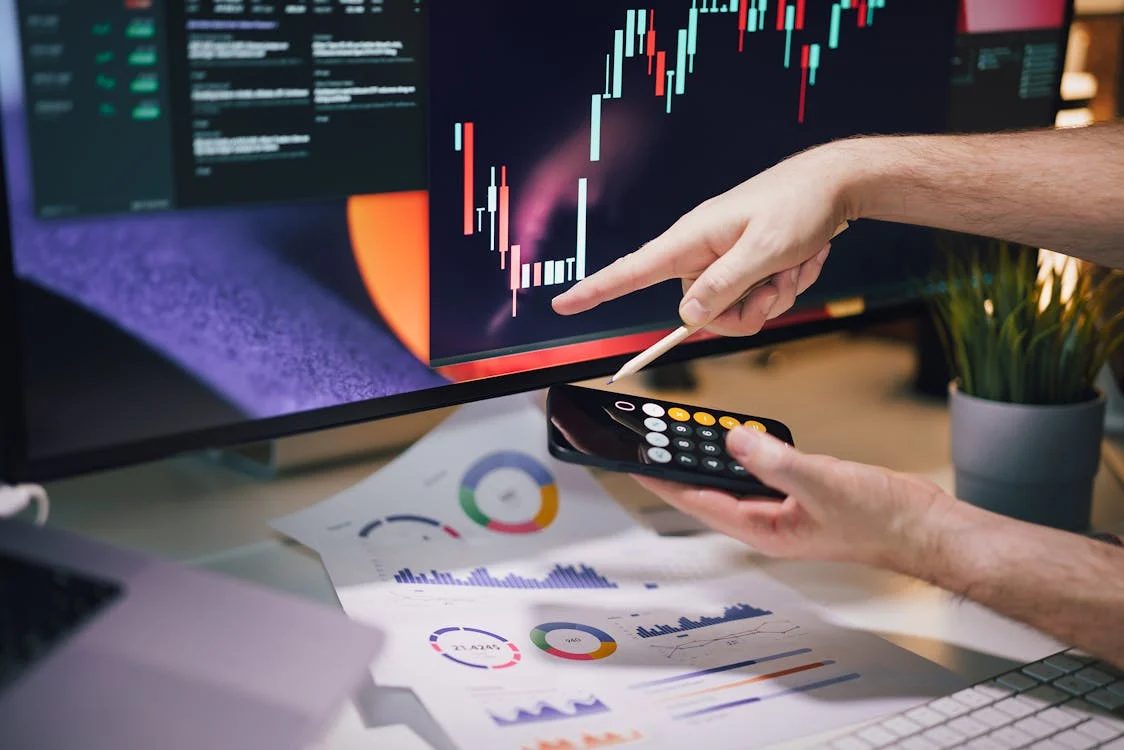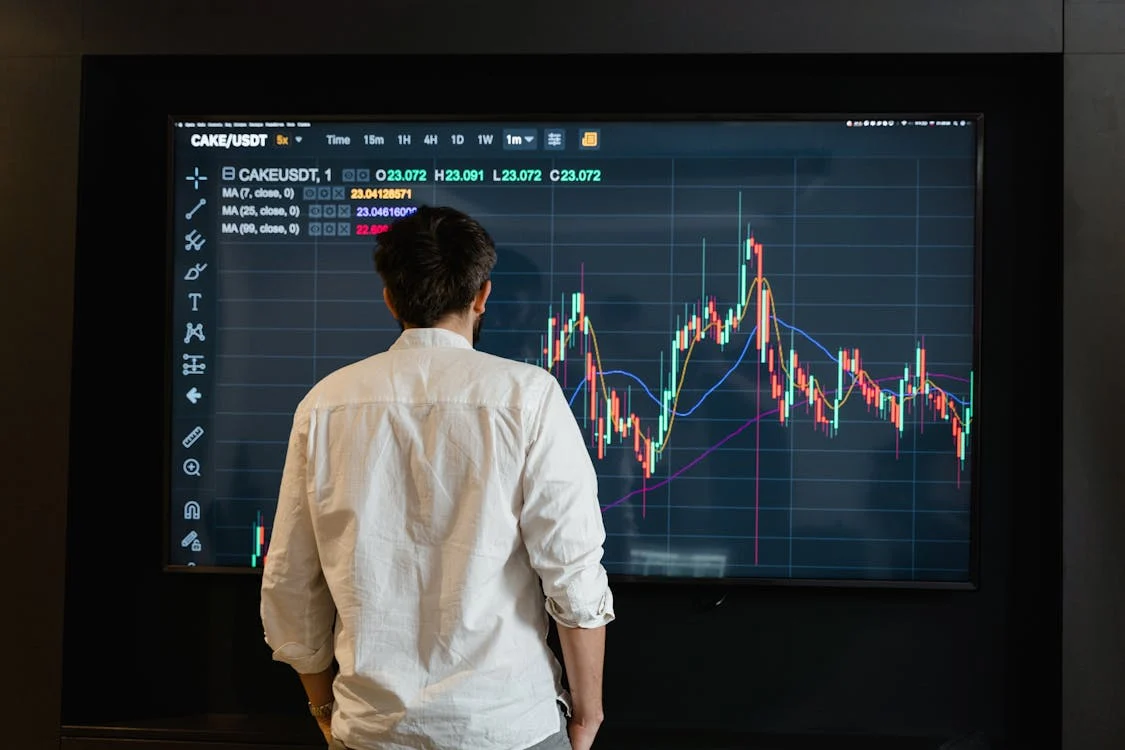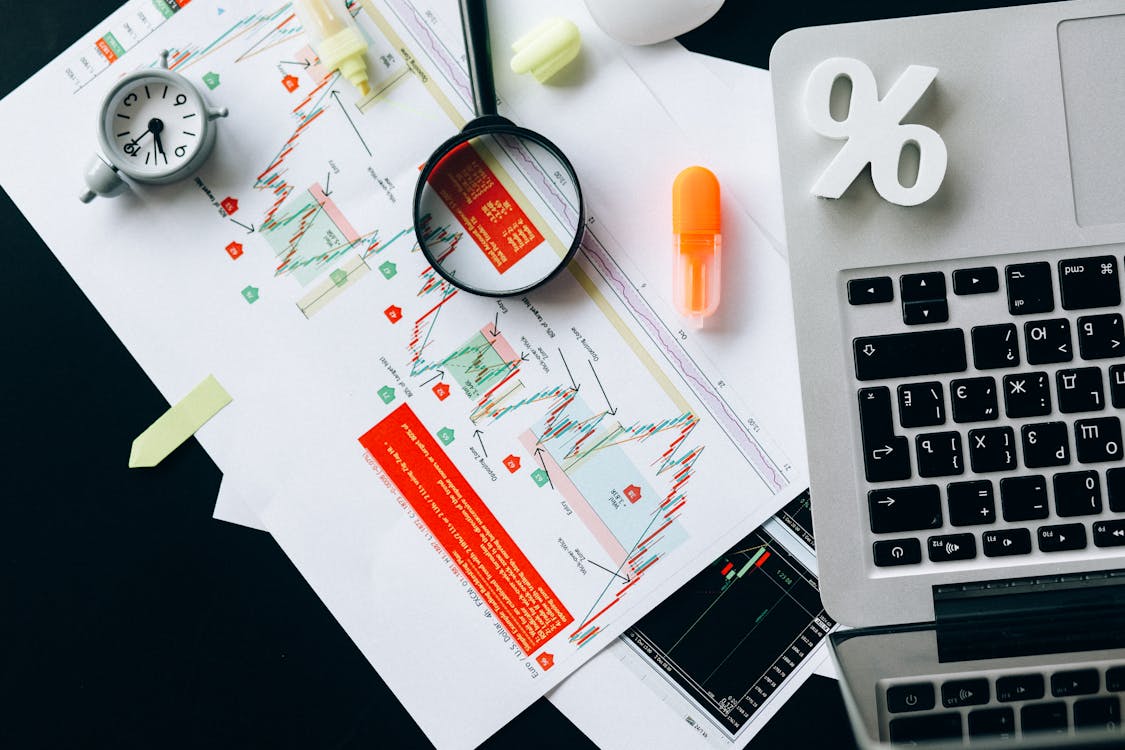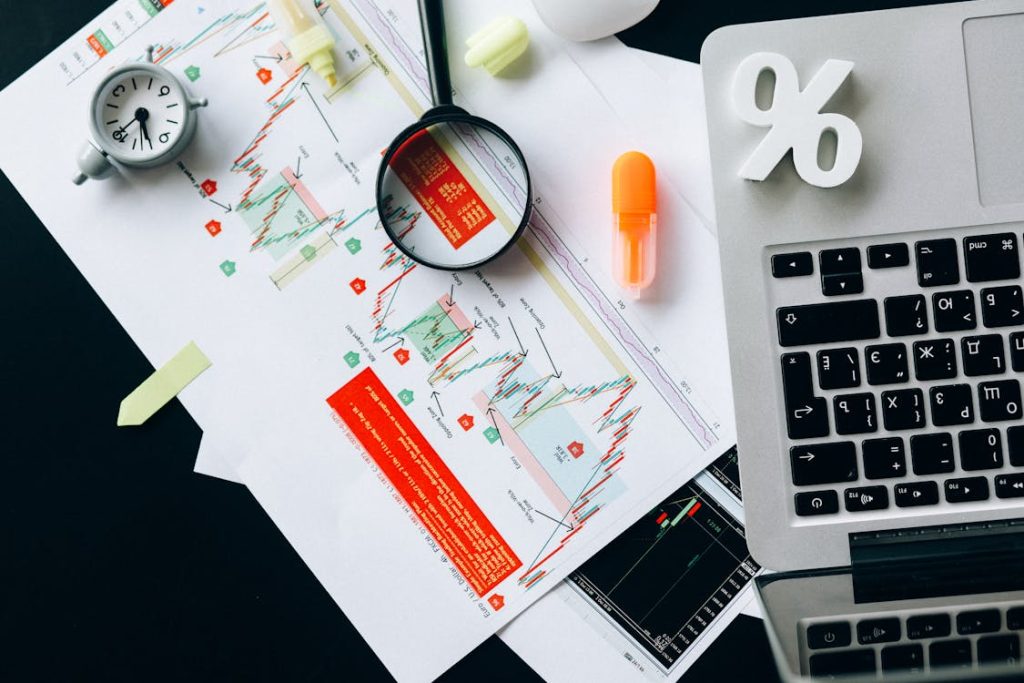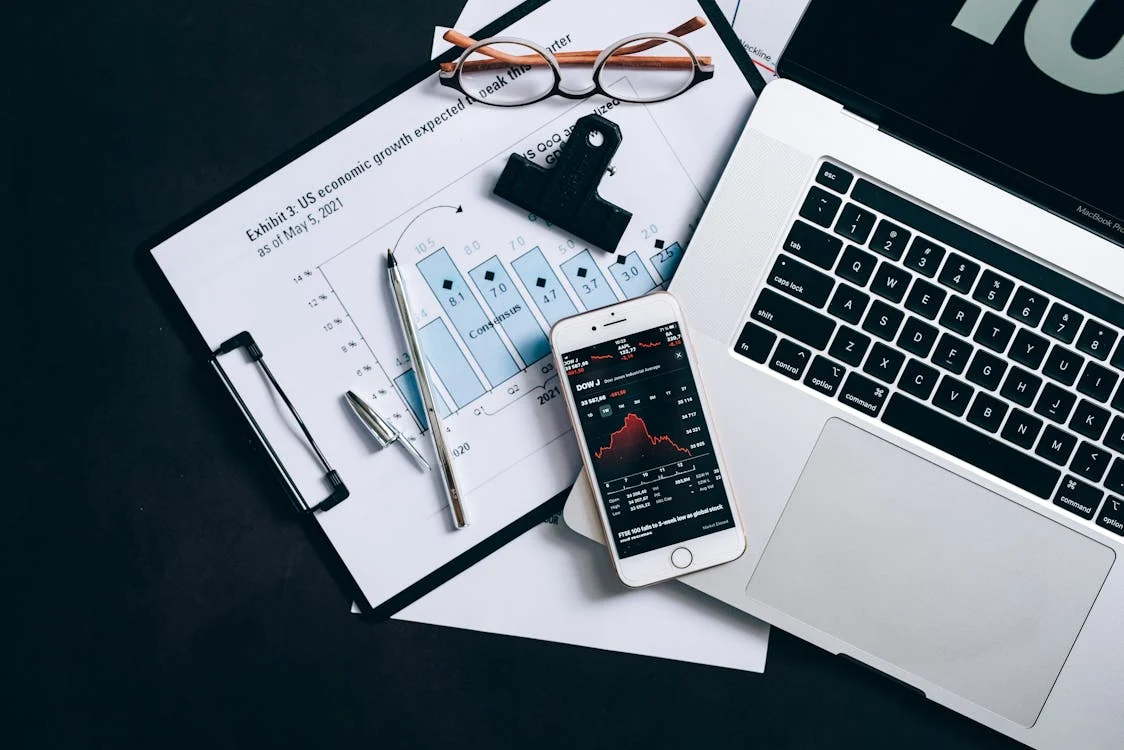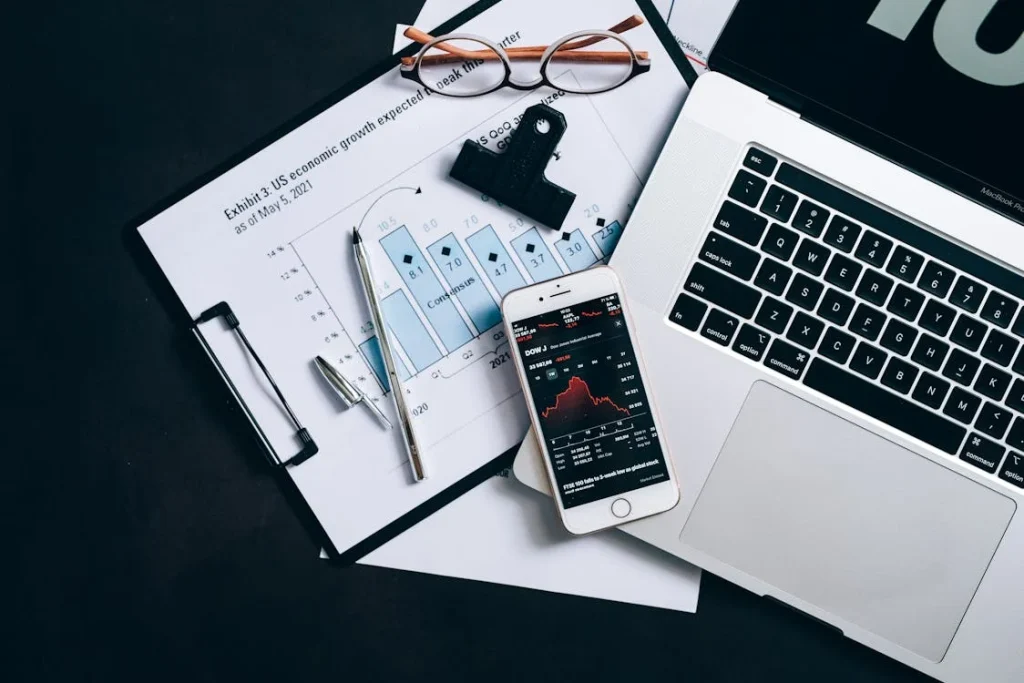Forex trading offers a wide range of strategies for profit, but one of the most dynamic and often highly rewarding methods is news trading. This strategy involves capitalizing on market movements caused by economic news releases and geopolitical events. News trading can be volatile and fast-paced, requiring traders to stay updated and react quickly to breaking news.
In this article, we will explore the concept of news trading in Forex, the most influential news events, and some strategies traders use to profit from market reactions to economic announcements.

What is News Trading in Forex?
News trading in Forex refers to the strategy of entering and exiting trades based on economic news releases and major events that affect the financial markets. Economic reports such as GDP figures, unemployment data, and central bank decisions can trigger sharp market moves, making them prime opportunities for news traders.
The core idea of news trading is to react quickly to these events by predicting how the market will respond. Traders who excel at news trading use advanced analysis to determine the likely direction of price movements once the news is released.
Key Economic Events That Impact Forex
Several types of economic events and news releases have a significant impact on the Forex market. Here are some of the most crucial news events that can trigger sharp price movements:
1. Central Bank Announcements
Central banks, such as the Federal Reserve (USA), the European Central Bank (ECB), and the Bank of England (BoE), play a critical role in the Forex market. Their decisions regarding interest rates and monetary policy have a direct influence on currency values.
For example, if the Federal Reserve raises interest rates, the US dollar typically strengthens because higher interest rates attract foreign capital. Conversely, a rate cut might weaken the dollar.
2. GDP Reports
The Gross Domestic Product (GDP) report measures the economic output of a country. GDP growth signals a strong economy, which typically strengthens the currency of that country, while a contraction signals a weaker economy.
Traders closely monitor GDP data releases to gauge the overall health of an economy. Strong GDP growth usually causes a rise in the domestic currency, while a poor GDP report can lead to a currency depreciation.
3. Employment Data
Employment reports, such as the Non-Farm Payrolls (NFP) in the United States or the unemployment rate, provide valuable insights into the labor market. Strong job growth suggests a growing economy, which is usually bullish for the currency. Conversely, a weaker employment report can lead to a currency sell-off.
The NFP report, released monthly, often causes significant volatility in the USD pairs, making it a major event for news traders.
4. Inflation Data (CPI)
The Consumer Price Index (CPI) measures the change in the price of goods and services and is a key indicator of inflation. Central banks are concerned with inflation rates as they influence interest rate decisions. High inflation might lead to a tightening of monetary policy, which can strengthen the currency.
Traders monitor CPI data to anticipate changes in central bank policy, which can drive currency price movements.
5. Geopolitical Events
In addition to economic data, geopolitical events can significantly influence Forex markets. Natural disasters, political elections, trade negotiations, and military conflicts can cause market uncertainty, which often results in price volatility.
For instance, political instability in a country can lead to a sell-off of that nation’s currency as investors seek safer assets, such as the US dollar or gold.
Strategies for News Trading in Forex
News trading requires a fast-paced and often reactive approach. Traders who succeed in this strategy are able to capitalize on price movements before the majority of market participants react. Here are some popular strategies used by news traders:
1. Straddle Strategy
The straddle strategy involves placing two orders before a major news release: one buy order above the current market price and one sell order below the current price. This strategy aims to profit from a large price movement in either direction, regardless of whether the news is positive or negative.
For example, before the release of an employment report, a trader would place a buy order just above the current market price and a sell order just below. When the news is released, the price usually moves sharply in one direction, and the trader can capture that movement.
2. Pre-News Positioning
Some traders prefer to take a position before the news event based on their analysis of the likely outcome. For instance, if a trader expects the Federal Reserve to raise interest rates, they might buy USD before the announcement is made.
This strategy requires an accurate understanding of the market’s expectations and the timing of news releases. It’s important to consider the risks of trading before a news release, as surprises can lead to significant losses.
3. Post-News Reaction Trading
Post-news reaction trading is a strategy where traders wait for the market to respond to the news before taking a position. Instead of rushing in immediately after the news is released, traders wait for the initial volatility to subside and then place a trade in the direction of the market’s reaction.
For example, after an interest rate hike by the ECB, the trader may wait for the initial spike in volatility to settle and then enter a buy trade if the market maintains an upward movement in the euro.
4. Trading the News on the High-Impact Pairs
News traders often focus on major currency pairs, such as EUR/USD, GBP/USD, and USD/JPY, as they tend to experience the most significant movements during economic news releases. These pairs are highly liquid and less prone to slippage, making them ideal for news trading.
5. Risk Management
Risk management is critical when trading news events because the volatility following news releases can be unpredictable. Traders should use stop-loss orders to limit potential losses, and position sizing should be carefully managed to avoid significant drawdowns during periods of high volatility.
Traders often use tight stop-loss levels and take-profit targets to lock in profits before the market moves too far against them.
Tips for Successful News Trading
-
Stay Informed: Keep track of the economic calendar to know when important news releases are scheduled. Websites such as Forex Factory and Investing.com provide calendars with upcoming economic events.
-
Be Aware of Market Expectations: It’s not just the actual data that matters but how it compares to market expectations. News releases that surprise the market can lead to larger price movements.
-
Prepare for Volatility: News trading can be very volatile, so always be prepared for sharp price swings. Avoid over-leveraging your positions.
-
Test Your Strategy: Before trading news releases with real money, practice your strategy on a demo account. This will help you understand the market’s behavior and develop a feel for the volatility around news events.
